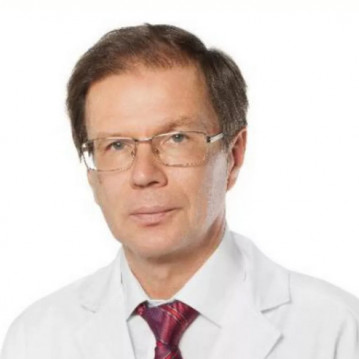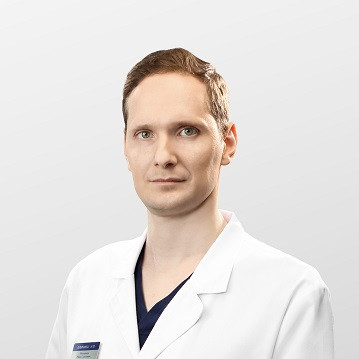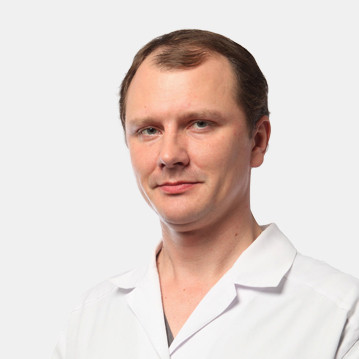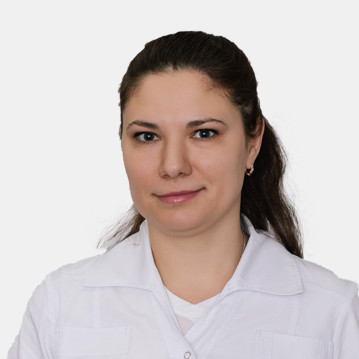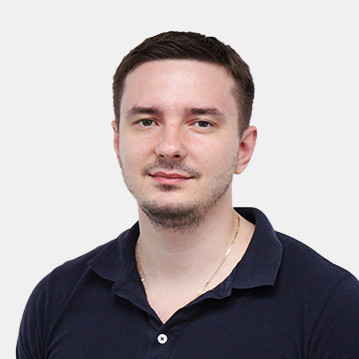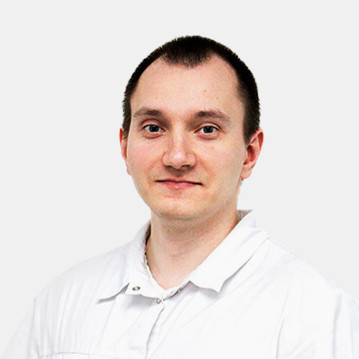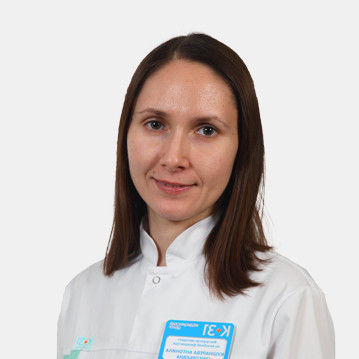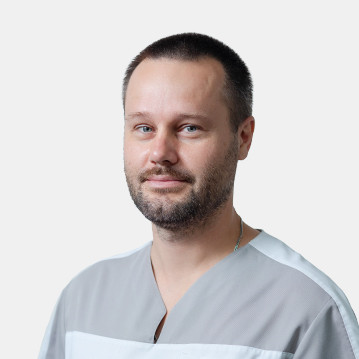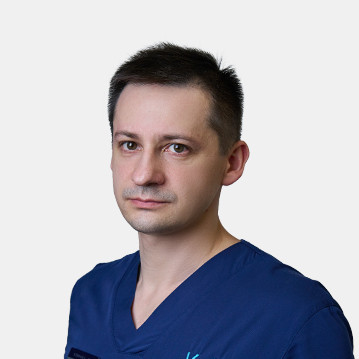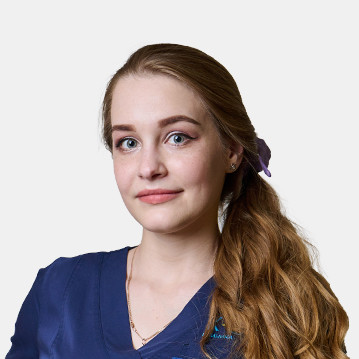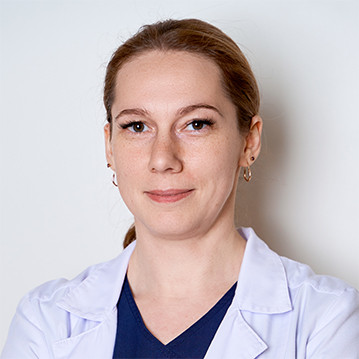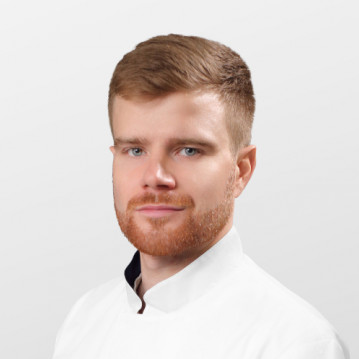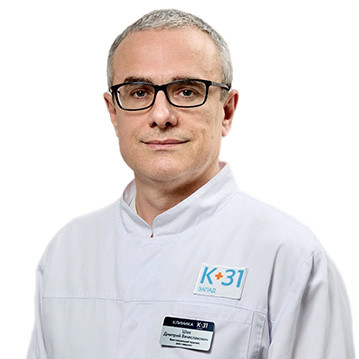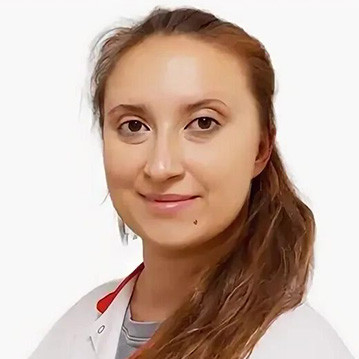Rehabilitation for impaired posture and scoliosis is a set of measures that allows you to restore the permanent position of the body familiar to human anatomy, straighten the spine and avoid complications of the functioning of internal organs.
Violation of posture and scoliosis
These are two related phenomena, however, if the violation of posture is a functional change in body position that creates biomechanical disturbances and muscle imbalance (amenable to correction and alignment), then doctors consider scoliosis as a progressive disease leading to the appearance of torsion of the vertebrae, intervertebral discs and ligaments, structural changes and general deformity of the spine, which is almost impossible to eliminate on its own.
Scoliotic deformation of the body (curvature of the spine in the frontal plane, deformation of the pelvic and sternal bones) is also dangerous because it leads to gradual deformations and changes in the internal organs - the gastrointestinal tract, respiratory organs and the circulatory system of a person. The disease cannot be cured by drug therapy and is very difficult to preventive rehabilitation (sometimes even surgical intervention and orthopedic correction with corsets and plaster forms is required).
In addition, scoliosis has a complex classification, can be:
- Discogenic (90% of all patients) - caused by dysplastic and metabolic disorders in the connective tissues, change the structure of the vertebrae and intervertebral discs.
- Static (gravitational) - develop with constant asymmetric loads on the spine or are the result of congenital asymmetry of the body and displacement of the center of gravity;
- Neuromuscular (paralytic) - occur with asymmetric lesions (cerebral palsy, polio, myopathy) of the muscles of the body involved in the formation of the correct posture of a person.
In addition, according to morphology, structural (change in the structure of the vertebrae) and functional (change in the structure of muscles, ligaments, joints) scoliosis are distinguished. According to the degree of deformation (torsion) of the vertebrae, it can have 4 degrees (simple, S-shaped, two-arc and rib-humpal curvature of the vertebral column). At the place of localization, scoliosis also occurs cervicothoracic, thoracic, lumbar-thoracic, lumbar, combined (S-shaped).
If the violation of posture is corrected by physical therapy and simple physiotherapy, then scoliotic curvature of the spine often requires serious conservative and surgical treatment, as well as a complex and lengthy rehabilitation program. At the same time, surgical intervention (fixation of the spine in the maximum correction) is possible in cases of progressive pathological changes in the arc, and drug methods can only mitigate its functional changes without solving the main problems.
